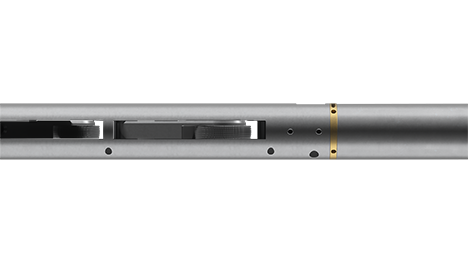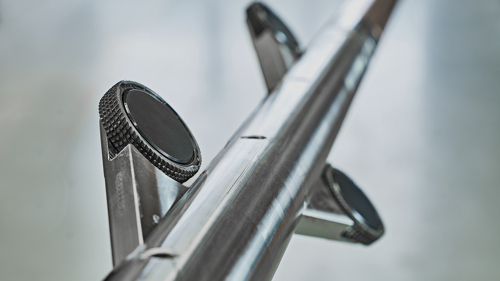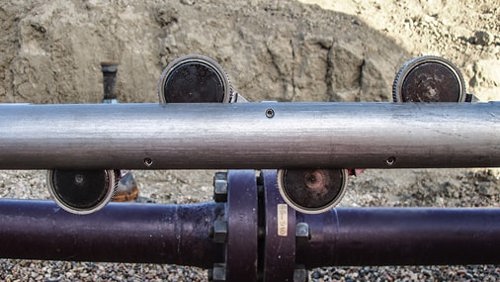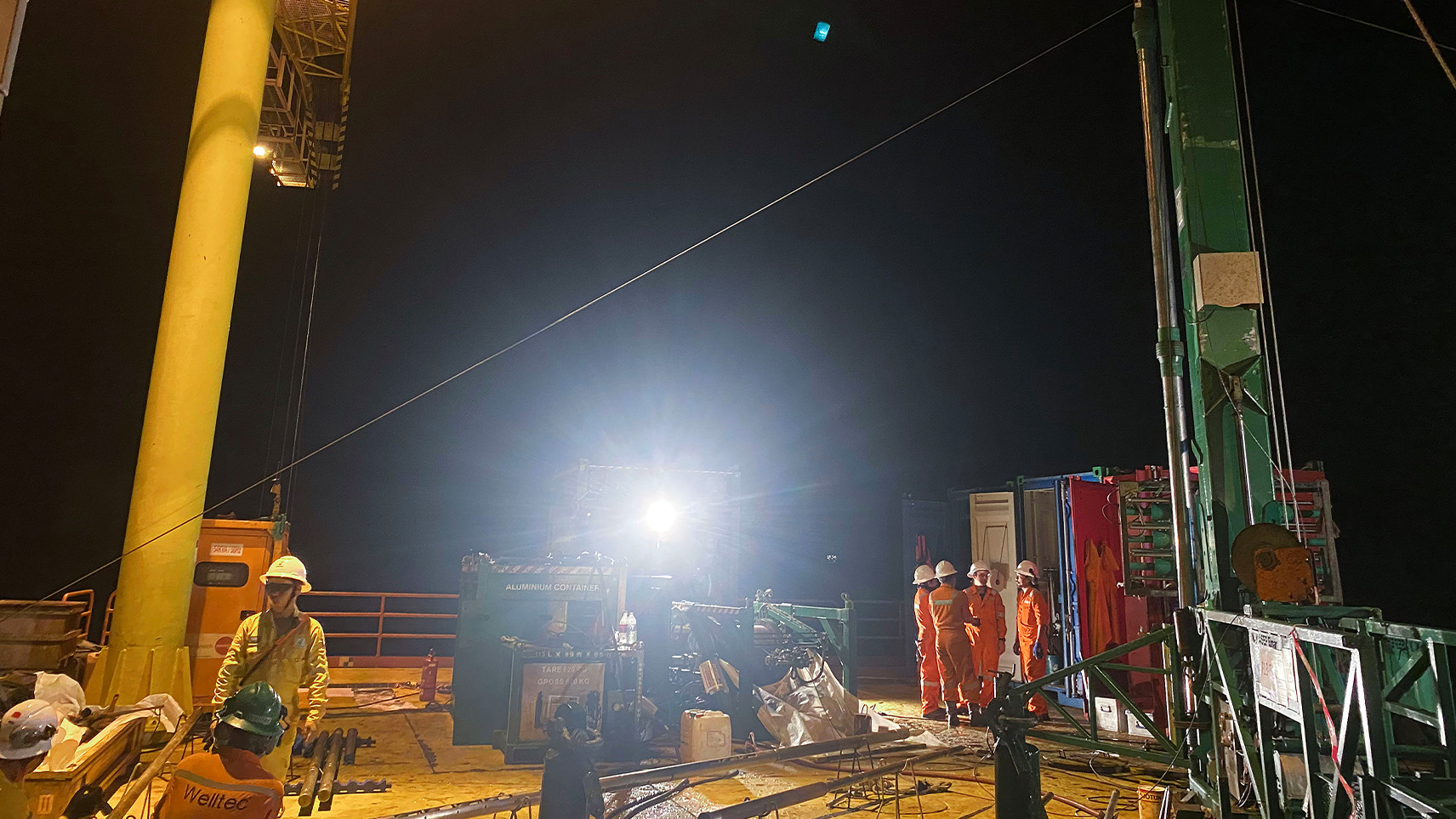Open hole logging in fragile conditions
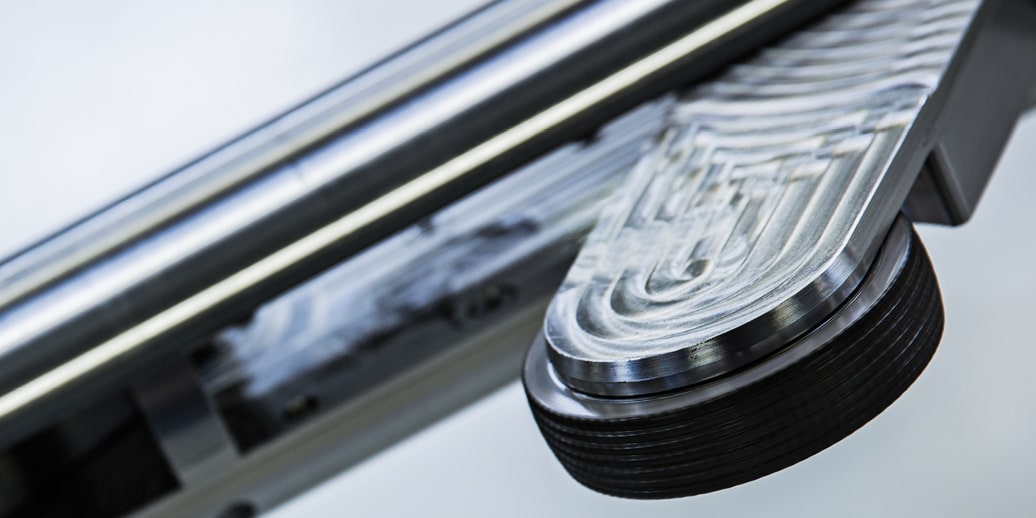
Background
An operator in Australia was concerned about depth placement of Expandable Sand Screens (ESS) and swell packers in optimal 8,5” Open Hole (OH) sections due to a very soft formation. In some cases, the unconsolidated formation was less than 10 Mpa and there was previous field history of large washouts. It was therefore critical that swell packers were not placed in overgauge or elliptical hole sections to maintain zonal isolation and pressure integrity and that the ESS was expanded in optimum hole sections for full productivity.
The operator intended running a borehole imaging tool and mechanical caliper through this section in OH. This was also run through the expanded ESS for depth correlation and positioning purpose.
They approached Welltec® for a solution that could convey the logging tool to the bottom of the well while ensuring the integrity of the OH wellbore wall.
Welltec came up with a mathematical model for co-relating internal working pressures of the Well Tractor® to the amount of pressure exerted on the wellbore wall by a Well Tractor wheel of a given diameter. This allowed the operator to predict the depth of penetration of the Well Tractor wheel into a formation of a given compression strength.
Operation
The Well Tractor 318 XR (Extended Reach) was mobilized to perform the logging job due to the precision modeling and our ability to run tandem tractors in case of larger washouts. Two borehole imaging tool runs were performed in each well, one in OH and one inside the expanded ESS.
The borehole imaging log was run in OH before the ESS was deployed in order to gauge the cross-sectional shape of the borehole. The borehole imaging log was then to be run again once the ESS was installed and expanded in order to investigate the screens’ conformance with the borehole wall.
Achievements
Although the Well Tractor only tractored approx. 650 ft in OH in each well due to the short OH section length, the operator stated that it would normally have taken more than nine days to perform the six runs on pipe-conveyed logging. In addition, the borehole imaging log showed none or minimal penetrative damage to the wellbore wall.
• All six runs were performed in less than 70 hours.
• Operator received accurate placement of the completion based on wireline depth measurement as opposed to pipe measurement.
• Cost savings estimated at approx. USD 6 million in rig-time saving alone.
